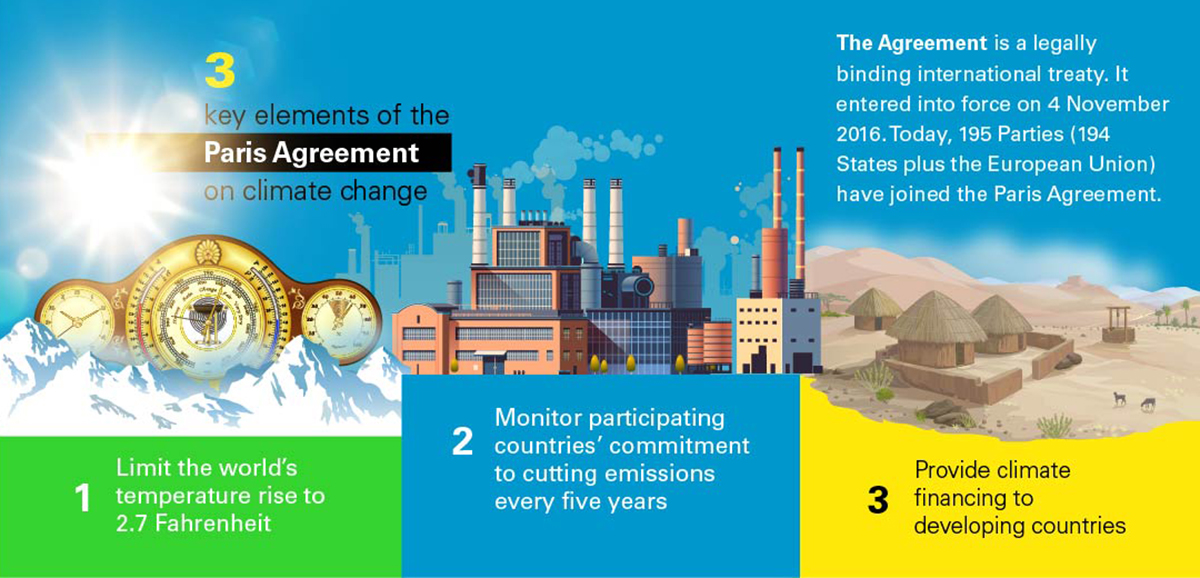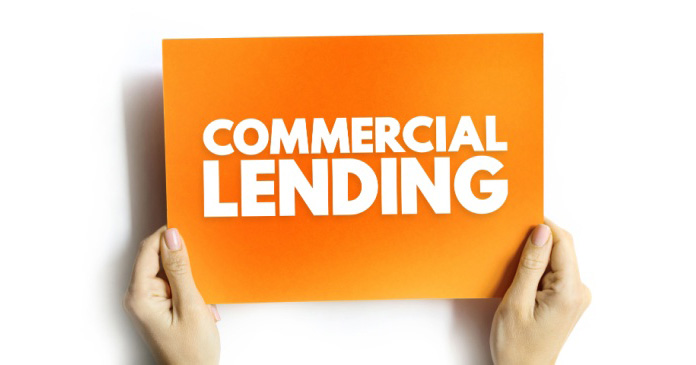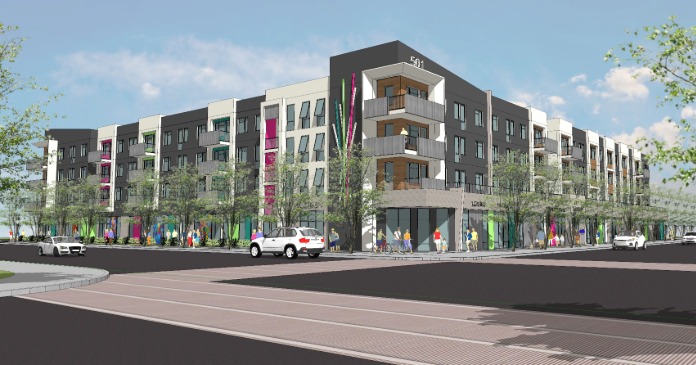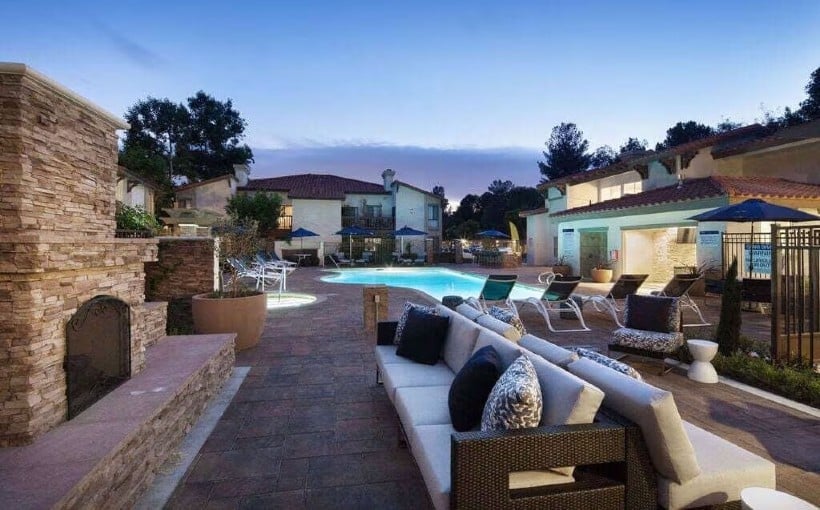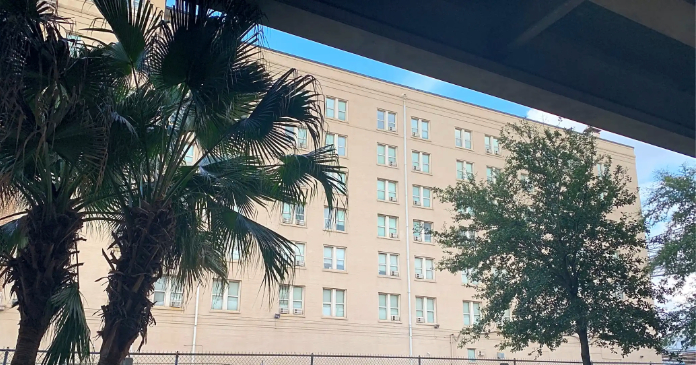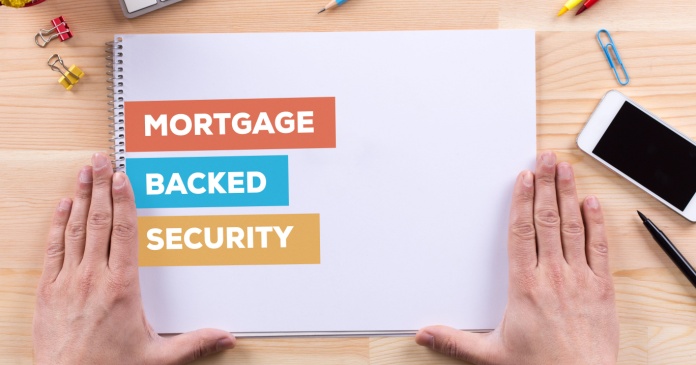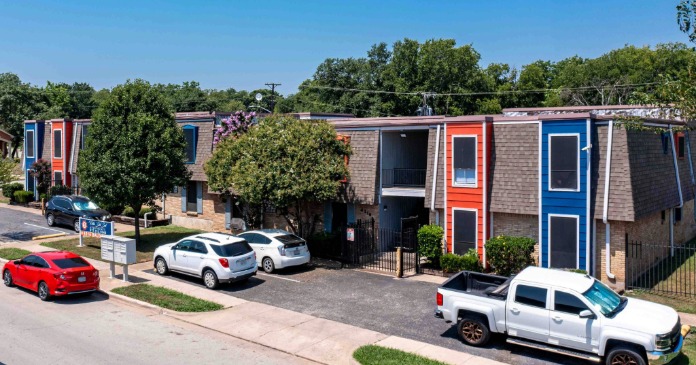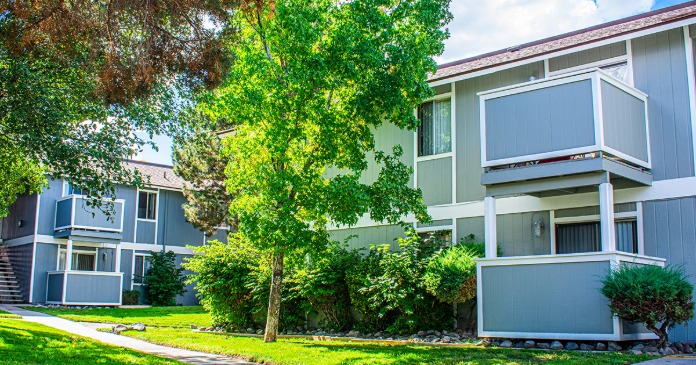After more than 10 years, the U.S. Green Building Council (USGBC) is putting out a new LEED (Leadership in Energy and Environmental Design) rating system.
According to the authors, LEED v5 is more than just an update to what is touted as the world’s most widely used green building rating system. It represents a comprehensive overhaul aimed at addressing the world’s most pressing sustainability challenges as outlined by the Paris Climate Accord.
LEED was established in 1998 by the non-profit USGBC following the launch of UK-based BREEAM (Building Research Establishment Environmental Assessment Method) in 1990, the first such system to gauge the environmental impact of buildings. Since then, hundreds of green building ratings systems have been launched worldwide with varying approaches, application processes and evaluation metrics.
Through LEED, buildings can earn points in a variety of categories and, based on the number of points they earn, can achieve either a certified, silver, gold or platinum rating.
“LEED’s success has in part been due to the fact that it allows people to speak across industries and disciplines and collaborate on this really difficult thing—building a building that achieves the energy efficiency outcomes we are designing for,” said Corey Enck, VP of LEED Technical Development in an interview with Yield Pro last month.
The most recent iteration of LEED was born out of extensive dialogues within the LEED community, said Enck. It was introduced during last year’s 2023 Greenbuild International Conference + Expo held in Washington D.C., which also showcased the USGBC’s recently published report “Driving Action on Embodied Carbon in Buildings,” co-authored by RMI Solutions.
USGBC began working on the new version in 2022 in response to changes in the built market and came up with five areas of focus—decarbonization, equity, health, biodiversity and resilience in the built environment.
“The bulk of version five’s credits will center on those five areas, with decarbonization as the biggest priority and health and ecosystems as sub-priorities, not only in this version, but in future ratings systems going forward,” Enck said.
LEED is still a points-based system. “We have 110 points. To get our Platinum level certification requires 80 points, Gold is 60, silver is 50 with 40 as a minimum. But v5 has more performance-based credits than version 4.1, offering alternative compliance pathways to the point system and giving project teams more flexibility in how they achieve certification,” said Enck.
LEED has two ratings systems, one for building design and construction (BD+C) and another for existing buildings in the operational phase.
Building Operations + Maintenance: Existing Buildings (O+M) was unveiled to the public in beta form at the 2023 Greenbuild conference and specifically addresses what was preciously overlooked in green building certification—embodied carbon emissions.
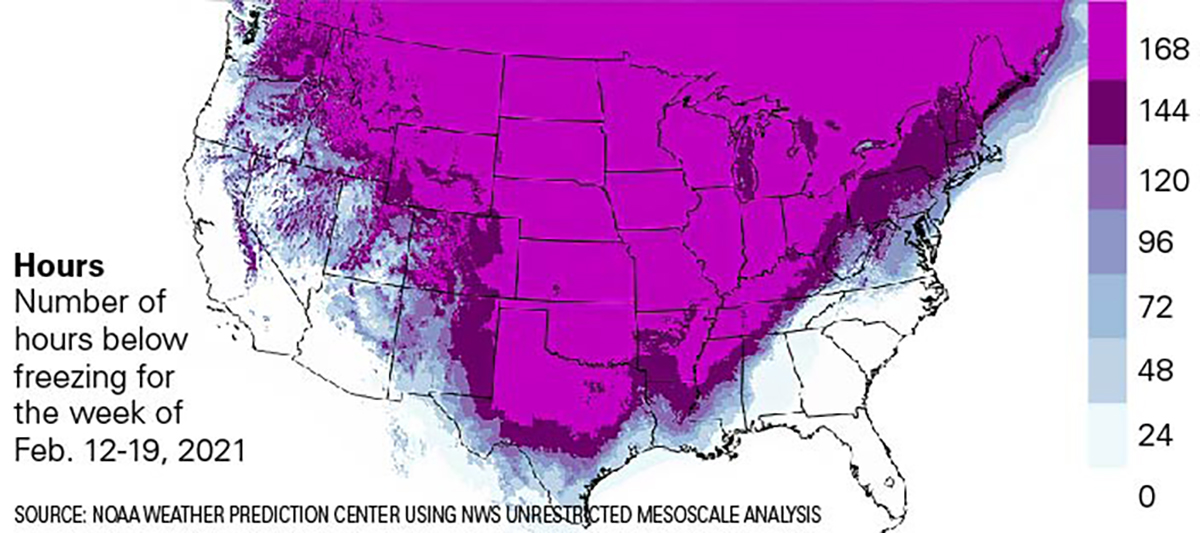 With decarbonization as its main focus, LEED v5 represents an overhaul of the energy and carbon management strategies in LEED v4.1 by incentivizing long-term pathways to decarbonization and adoption of environmentally friendly refrigerants.
With decarbonization as its main focus, LEED v5 represents an overhaul of the energy and carbon management strategies in LEED v4.1 by incentivizing long-term pathways to decarbonization and adoption of environmentally friendly refrigerants.
It also adopts a minimum requirement on embodied carbon through the “Embodied Carbon of Interior Materials during Renovations” credit in the Materials and Resources category. And, it aids the transition of existing building stock to net zero by encouraging a circular loop of hard-to-recover and high-embodied-carbon products, like carpeting, acoustical tile, drywall and furniture.
“Materials procurement speaks to ensuring equity in the supply chain. That’s one area we don’t really have our heads around yet, but we know that there’s lots of questionable practices in the world around labor and we want to make sure manufacturers are aware of any red flags within their supply chains. One way we can make an impact is by educating the design team so they select materials from manufacturers that implement best practices,” said Enck.
LEED v5 also prepares owners of existing buildings for decarbonization of the electrical grid by increasing the credit weighting for “grid harmonization.” But LEED v5 isn’t just about reducing the building’s carbon footprint. It also addresses a number of social and environmental responsibilities.
“Version five is a return to a mandatory balloted system. While version 4.1 wasn’t a ballot rating system and wasn’t mandatory, it did introduce people to LEED v5’s new green building concepts, like social equity, health and well-being,” said Enck.
Three new prerequisites
The three new prerequisites in LEED v5 are Assessment for Climate Resilience, Social Impact Assessment and Operational Carbon Projection.
Both LEED v4.1 and LEED v5 place a strong emphasis on indoor air quality and human health, but LEED v5 introduces a new credit for the continual assessment of measurable indoor air quality, including indicators for infection risk management.
“Version five also recognizes the importance of resilience in the face of extreme events and hazards, whether it’s a natural disaster, a climate-related hazard like sea level rise or the next pandemic, and takes equity and social impact considerations to another level,” said Enck.
The Operational Carbon Projection requires buildings to estimate their carbon emissions under typical operating scenarios. This enables teams to evaluate their building’s carbon footprint during the nation’s transition from fossil fuels to renewables and to pinpoint sustainability goals for 2050. Teams also have the opportunity to earn credits for operational planning and for taking proactive steps in the area of equity within operations and maintenance staff.
“The equity focus means making sure that when you build, you are considering the community in which you are building and addressing any community needs that exist in the area, as well as providing an equitable environment for everyone who lives and works in the building,” said Enck.
Performance standards revised
LEED v5 introduces a more inclusive energy performance threshold than LEED v4, which mandated an Energy Score of 75. LEED v5 sets the threshold at a score of 60. But buildings can only start accumulating energy points towards certification when they achieve a score of 69, which balances the need for inclusivity with the ambition to drive improvements in energy performance.
LEED v5 O+M also makes it easier for project stakeholders to track the certification progress and understand the scoring system by eliminating ambiguity in the rating system and by providing greater transparency in how buildings report and manage their sustainability performance.
“We’re trying to make documentation more market friendly and lower the burden on the submitting project team by using a system that is very standard to the industry,” said Enck.
Insurance drives the market
There are clear financial benefits to becoming LEED certified, said Enck. LEED-certified buildings have faster lease-up rates and may qualify for a host of incentives, like tax rebates and zoning allowances, not to mention that they attain higher property values, according to a report from Cushman & Wakefield.
The report showed that during the period of 2000 and 2021, LEED-certified multifamily assets achieved 3.1 percent higher rents on average, and, while stabilized occupancy averaged 75 basis points below the non-certified asset, this was offset by the higher rents. Sales pricing averaged 9.4 percent above non-certified asset sales on a per-unit basis during the same timeframe.
Meanwhile, Enck said that the incentives for people to attain LEED certification have changed over the 25 years that USGBC has been operating.
“There’s always been an incentive to attain LEED certification, whether it’s to provide a healthier environment for the building’s occupants or to reduce energy costs, but over the past ten years we’ve seen an interest from the market driving the incentive to certify,” he said.
“Multifamily owners and investors are trying to drive carbon emissions down to meet the targets set by the Paris Climate Agreement. And insurance companies view high carbon as a future risk,” he said, pointing to legislation in New York City that requires every building to be under a certain carbon number, to emit only so much carbon, to avoid being fined.
“I think a lot of big corporations and insurance companies are starting to see this as the direction we’re going. On way to reduce carbon emissions is by lowering your building’s carbon footprint and LEED is being recognized as a tool to get there,” he said.
Responding to criticism
After the initial launch of LEED v4 in 2013, some critics took aim at LEED’s “lack of results-driven standards in areas of environmental stewardship,” in particular, its minimal attention paid to embodied carbon, as elucidated by architect Robert Orr in a 2014 paper entitled The Problem with LEED, which referred to the ratings system as a costly gizmo that attracts attention, but fails to reach achievable end results.
Although many studies have highlighted the benefits of LEED v4, some researchers still claimed it falls short of being able to attain future energy-efficiency goals.
USGBC took these critiques and recommendations seriously and, with LEED v5, have addressed the system’s shortcomings by refashioning standards and bringing clarity to details within the system. LEED v5 represents a big step toward achieving sustainable building practices with its comprehensive approach to decarbonization, equity, health, resilience and ecosystems.
Going forward, the USGBC has committed to a five-year development cycle for release of future LEED rating systems. LEED v5 is expected to be fully available for use by 2025, with the next version targeted for release in 2030. A draft of LEED v5 BD+C was released April 8 and public comments are sought through May 20, 2024.
LEED’s iterative approach is aimed at establishing a new benchmark in the green building certification arena. As buildings continue to play a significant role in global carbon emissions, LEED v5’s emphasis on achieving ultra-low carbon and zero-emission goals is expected to contribute to a more sustainable and resilient future and set higher standards for green building practices that will drive positive change in the multifamily industry, an industry tasked with providing people with a safe and healthy place they and their families can call home.



